A beach resort in Kansai, about an hour’s flight away from Haneda airport
- Home
- World Heritage Site Kumano Kodo
Pilgrimage
World Heritage Site Kumano Kodo
With their differing origins and eras, the three sacred places of Mount Koya, Yoshino, and the Three Shrines of Kumano have flourished in the vast area including Wakayama, Nara, and Mie prefectures, covered in forests where it is believed that the gods live.
-
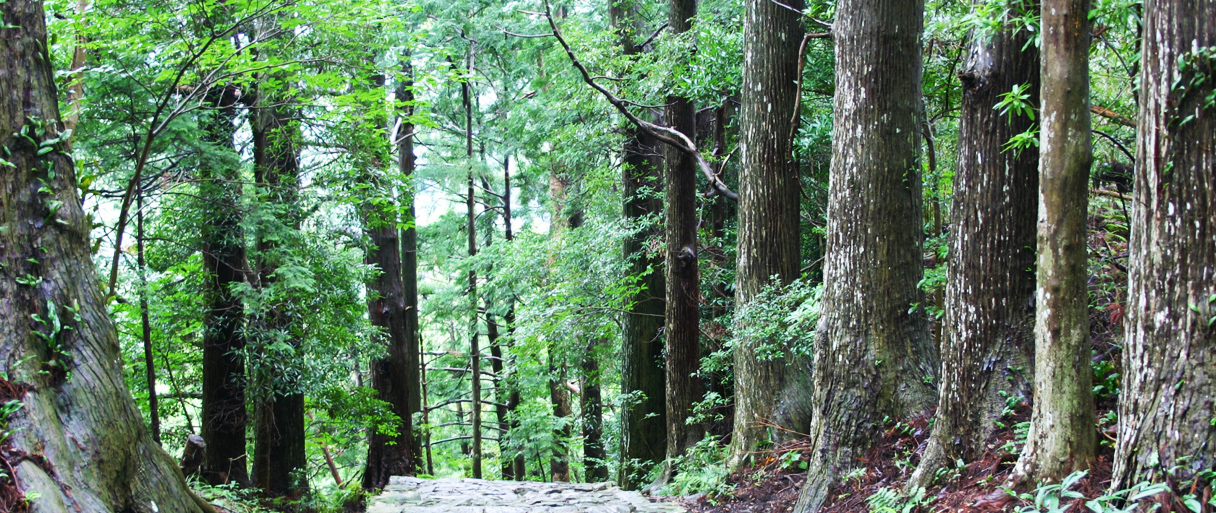

To Kumano, where you can feel the breath of the gods
World Heritage Site Kumano KodoThe Kumano Kodo pilgrimage route, also called the “Kumano Road”, is the general term for the old roads connecting the land of Kumano in the southern part of the Kii Peninsula with Osaka and Ise as well as with Koya, Yoshino, and Ise Shrine, which includes the sacred places and shrine roads connecting Kyoto to the Three Shrines of Kumano.
Nakahechi Tanabe Hongu Village
Kumano Hongu Taisha (Main Shrine)
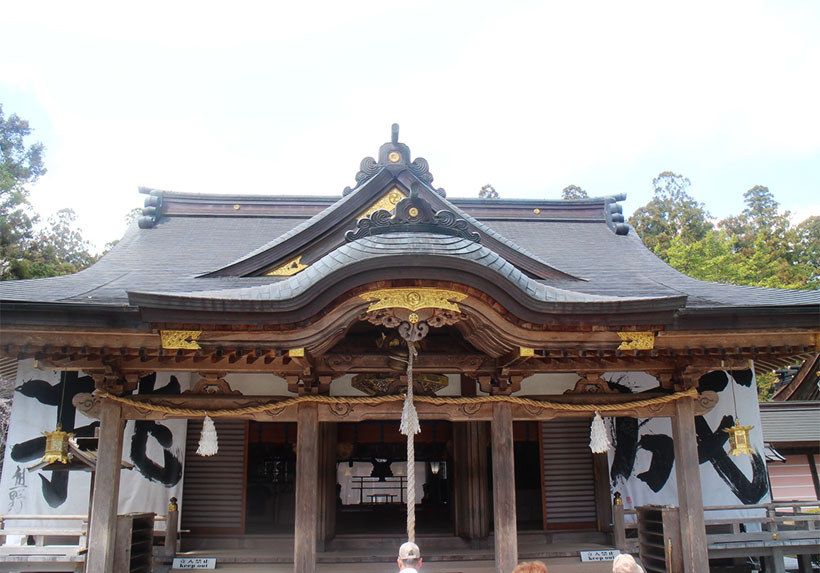
Access Information
| Route | Hotel~(3-minute walk)~Shirahama Sanbashi Bus Stop |
|---|---|
| Duration | About 90 minutes by express bus to Kumano Kodo |
| Bus Companies | Meiko Bus |
Ohechi Nachi Katsuura Kumano Nachi Taisha
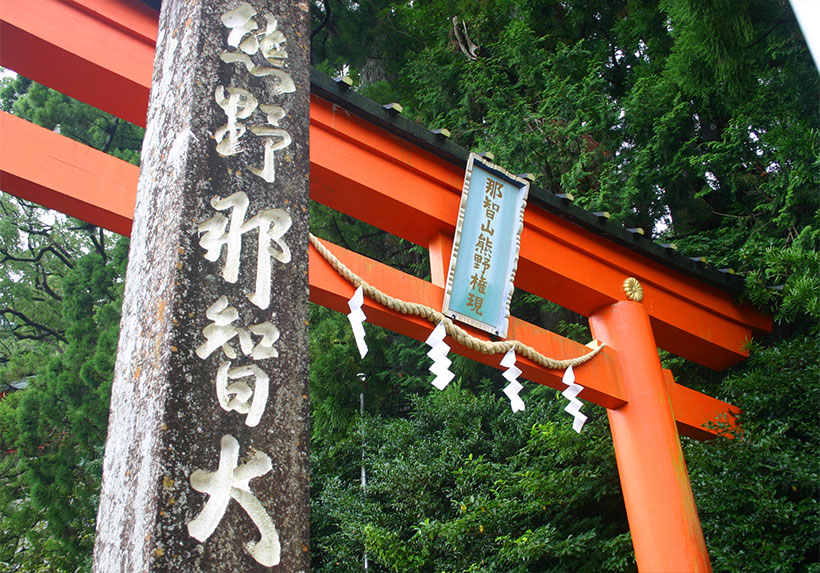
Access Information
| Route | Hotel~(10 minutes by bus)~Shirahama Station~Kii-Katsuura Station~(20 minutes by bus)~Daimonzaka bus stop |
|---|---|
| Duration | About 120 minutes on the JR Kinokuni Line |
| Bus Companies | Meiko Bus |
Ohechi, Shingu, Wakayama
Kumano Hayatama Taisha
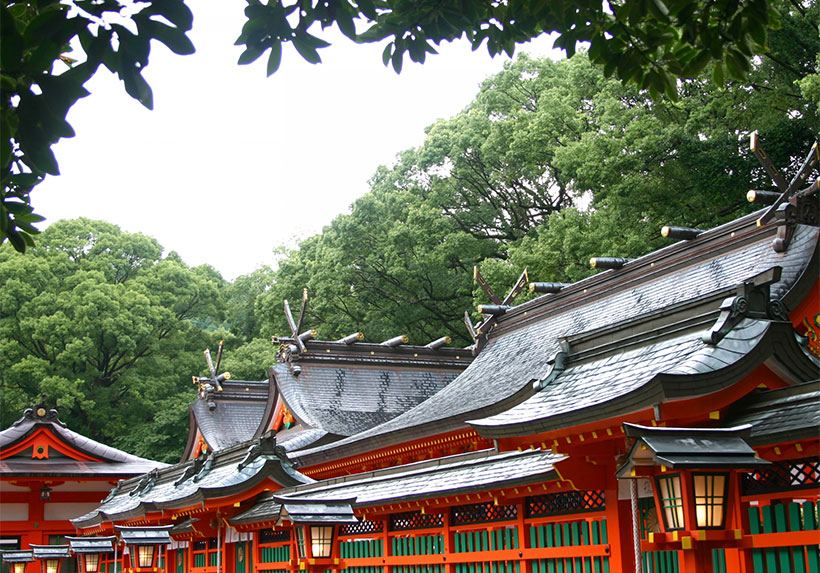
Access Information
| Route | Hotel~(10 minutes by bus)~Shirahama Station~Shingu Station~(15 minutes on foot) |
|---|---|
| Duration | About 140 minutes on the JR Kinokuni Line |
| Bus Companies | Meiko Bus |
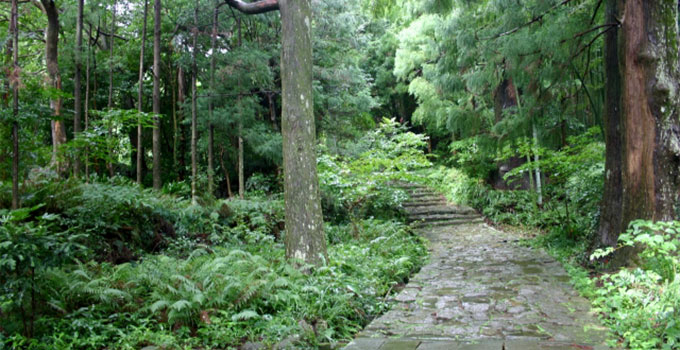
Important Points When Planning Your Journey to Kumano Kodo
There are few modes of transportation toward the Three Shrines of Kumano, so we recommend you plan your trip in advance.
For more information, see the websites of each mode of transportation.
>Meiko Bus (external link)
>JR Odekake Net (JR West Japan Road Map) (external link)




